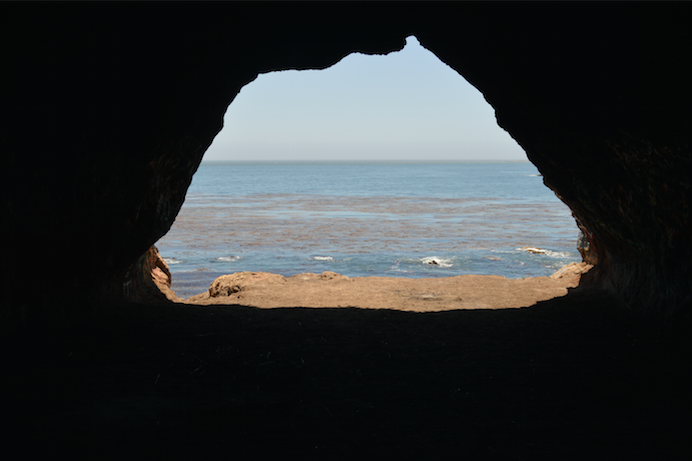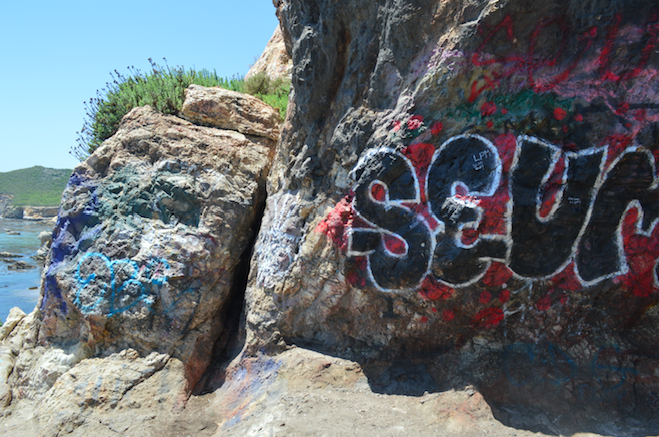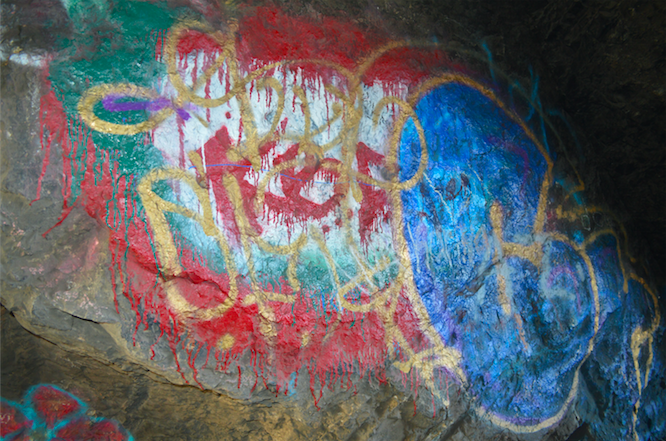This final story was met with an extensive beginning, unexpected angles, and amazing support from our sources. As we began research on Pirate’s Cove, we had no idea what we were diving into. The controversial history behind the location dated back to the late 1970s. There were fallouts on projects, Native American territories and the issue of preserving nude beaches popping up.

Opinion article after opinion article, we’ve learned about the constant battle between SLO County residents wanting to protect the area and the inadequate resources to carry out their vision. We’ve learned about the nuances between state-owned territory and County-owned territory, and how it has affected the overall goal to preserve the area.

Going into this project, we envisioned covering a location that many Cal Poly students were aware of. Pirate’s Cove — a wonderful place to enjoy spectacular views, but such a disgraceful display of human neglect towards nature. So our main question here was simply put: What should Cal Poly students know about Pirate’s Cove? The answer to that was simple. Students needed to know about the history of the area. The controversial topics. Ways they can help protect the land. This was our chance to have voices heard that would add value and appreciation to the site. This was our chance to bring forward issues that people often turned a blind eye too.

Meeting with Shaun Cooper, Senior Planner for County Parks and Recreation, was the perfect opportunity to get a full scope of the site. He provided factual information (although much of it was very cut and dry), but offered insight on the angles that needed to be covered. He mentioned the constant battle between the County developing projects, but having it be shot down by state-level organizations. He mentioned the beauty of recreational spots — how it provides an opportunity for people to relax, reflect, and immerse themselves in nature. He finally tied it all together to show the delicate balance between operating the site as a “natural area” instead of a “recreational area.” His insight made it clear that there was a scope that Cal Poly students needed to be informed about. Students need to know the preservation of the land depends on the effort of every person that visits the site.
Cali Magdaleno was a key reporter in this story. Not only did she talk to Shaun Cooper, but she met with an environmental organization that conducts clean-ups at Pirate’s Cove and Cave Landing on a weekly basis. She was able to provide angles of what the County is doing on a legal level, but also what students are doing to be proactive. Her angle coverage was essential in having our key message portrayed.
“I know the Tribune covers Pirate’s a lot, so I was surprised that Mustang News hadn’t covered it in a while. This was a cool story to do because we were able to give a more in depth look at the history and rules of the area that most students I’m sure don’t know about,” said Magdaleno.
Bryce Aston was able to capture the importance of the history behind the site. This was important in informing our audience of the rough road that Pirate’s Cove and Cave Landing embarked on.
“Honestly, this was such a good topic to cover because Pirate’s Cove is so well-known in this community but there’s so much that doesn’t really get talked about. Plus, it’s such a visually appealing place, so it made for some good opportunities for multimedia,” said Aston.
Lastly, Nate Edelman tied up all the loose ends of the story with the word section of this story. Without his work of connecting intricate details, our story would’ve never came to fruition.
“It was nice to know that we decided on a story that Mustang News hasn’t covered for quite some time. It now makes sense why Pirate’s Cove has no rules, and I hope the readers of this story will feel the same way,” said Edelman.
Pirate’s Cove and Cave Landing deserves to have the spotlight in Mustang News, and we’re all glad to have been apart of gathering the materials to do so.